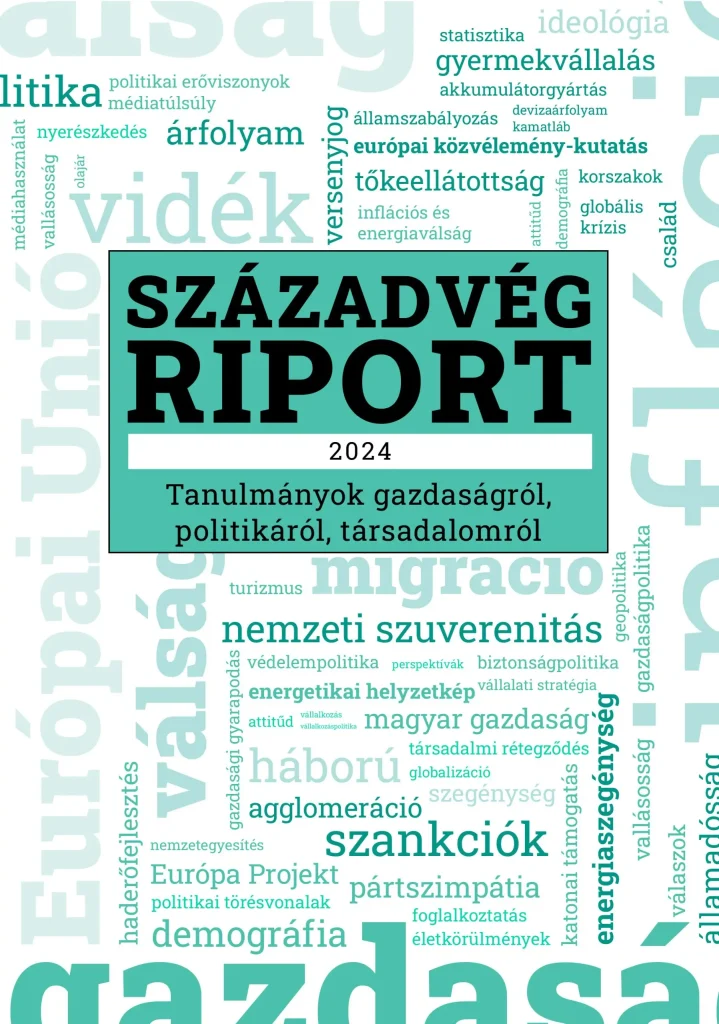At its April meeting, the central bank’s Monetary Council left the base rate in place since September. The base rate in Hungary therefore remains at 6.5%.
In February, retail sales increased by 3.3% year on year on both a raw and calendar-adjusted basis compared to the respective period of the previous year.
In February 2025, turnover in specialised and non-specialised food shops increased by 3.5%, and the turnover in non-food shops increased by 5.0%. In fuel retailing, sales increased by 0.4% year on year in January.
Measured up to March 2025, the value of the monthly SZIGMA CI indicator, which provides a snapshot of the current state of the Hungarian economy, was -0.2464, continuing to point to a growth rate below the historical trend.
The most recent forecast for the other indicator, SZIGMA LEAD, a short-term indicator for the future of the Hungarian economy, shows marked volatility. It forecasts a brief period of growth in the first phase, followed by a sudden and temporary slowdown, with an upward trend returning by the end of the short-term forecast period.
In March 2025, consumer prices rose by 4.7% on an annual average basis.
The growth in gross salary exceeded previous expectations
In February, average gross earnings in the national economy were HUF 661,400, up 9.3% compared to the same period last year. Median gross earnings were HUF 533,600, an increase of 8.5% in a year. Real earnings increased by 3.5%, while consumer prices rose by 5.6%.
The dynamic rise in wages is partly due to the direct effect of the increase in the minimum wage and the guaranteed minimum wage, and partly to their indirect effect through their wage-increasing effect. Real earnings increased by 4.6%, while consumer prices rose by 5.5%.
The growth in gross salary exceeded previous expectations, reaching 9.0% in the business sector, 9.5% in the public sector, and 10.7% in the non-profit sector.
According to our latest forecast, published in March, average gross earnings will increase by 6.9% in 2025, while unemployment is expected to reach 4.1% for the year as a whole.
The SZIGMA (abbreviation of the Hungarian name “Századvég Index a Gazdasági Momentum Alakulásáról”, in English: Századvég Index of the Development of Economic Momentum) is a simultaneous and preliminary indicator system developed by Századvég for the Hungarian economy.
It is crucial for economic policymakers and analysts to have an accurate picture of the state of the economy, but statistical data are often available with considerable delays. In contrast, the SZIGMA indicators provide information on the economic cycle and the business cycle within 30 days of the reference month, on a monthly basis.
The indicator system consists of two indicators, the SIGMA CI, which summarises the current state of the economy, i.e. information extracted from simultaneous variables, and the SIGMA LEAD, which provides preliminary information on the expected economic trajectory. A positive CI index means that economic growth is above the historical trend, and a negative CI index means that growth is below the historical trend. The SIGMA LEAD indicator provides a short-term forecast for a 9-month period. If the SIGMA LEAD indicator is positive, growth is expected to be above trend in 9 months’ time (i.e. three quarters of a year later), while if it is negative, growth is expected to be below trend in the near future.
